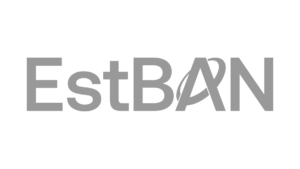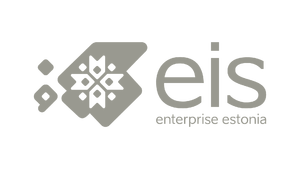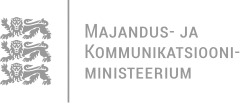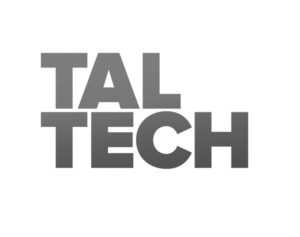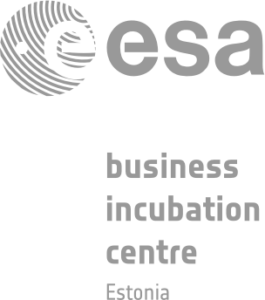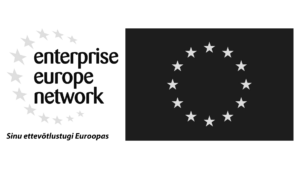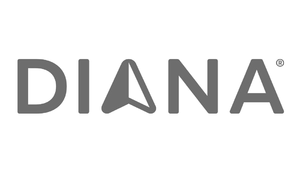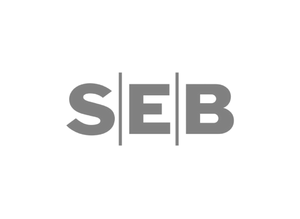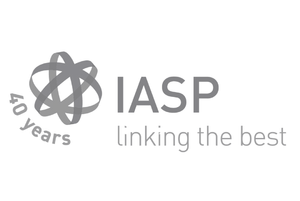24.05.2021
Gunter Pauli: Don’t go against big currents and powers, take your innovative ideas where you have a chance to implement them
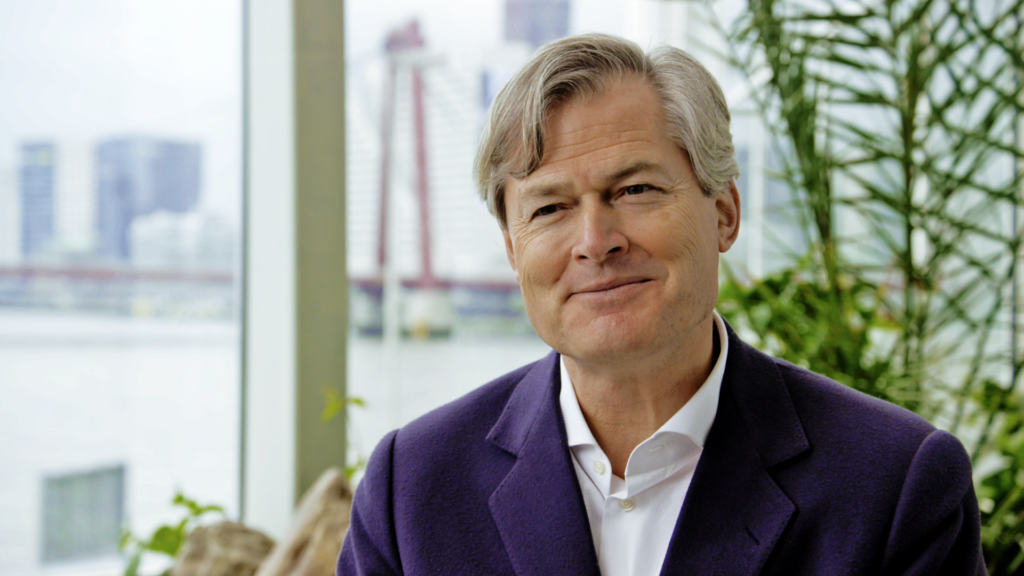
Tehnopol, in cooperation with the City of Tallinn and the Tallinn Creative Incubator, organized the MELT Innovation Forum on May 12, the main speaker of which was a Belgian entrepreneur, economist and blue economy expert Gunter Pauli. According to Pauli, we should change our way of thinking and innovate to improve living conditions and use natural resources in a sustainable way.
More information about the MELT innovation conference can be found here!
What’s your connection to Estonia?
I had the opportunity to visit Estonia already in the very first days of its renewed freedom. My interest in Estonia was that we knew very well that in all the Baltic States there was extraordinary research. Research that was done under the supervision of the Soviet system, but nevertheless the mathematicians, the chemistry, the bio-sciences were extraordinary. Since the Baltics have had this great track record of science, we came to Estonia from Sweden with the Royal Academy of Science to really understand who are the scientists with very great, innovative and creative and in-depth research, which, because of the Soviet system, we never heard about. This was the reason of my first visit to Estonia in 1994.
I have maintained contact on and off. But then I witnessed the development of Lilleoru eco-village, I was quite amazed. When I had a chance to visit it, I met with several entrepreneurs from Estonia and I learned to know the infrastructure for basically all the innovations. For a little country, it really gave me an insight that those dark days of the Soviet Union had not at all asphyxiated the entrepreneurship and the desire to bring innovations to market.
How do we actually achieve this blue economy model, what do we need to change as a society?
We always say what everyone has to do but too many people forget that you need a framework. If I have a business model that is called globalization, but at the end of the day that business model obliges me to produce cheaper than anyone else, then we know that you as Estonians or me as a Belgian, have no chance to compete against the Bangladeshis, the Brazilians and the Chinese. We can never be the cheapest.
We have not taken care of the environment and social affairs, so to me before we tell what people or politicians have to do, we need to have a framework and that’s why I called that framework the blue economy. This means an economy where we’re not competing because we are cheapest, we’re not exporting because we want to import things that are promoting over-consumation. We are producing because we want to respond to people’s needs and our raw materials first and foremost are going to be the materials that we have locally available. We will focus on resilience as much as we’re focusing on efficiency.
In addition, we definitely need to change education. I mean, if we’re only teaching our kids everything we know, they will never be able to improve dramatically. I think the biggest overhaul in education that is required is the education we need to inspire our children to really be entrepreneurs. We need a new generation of entrepreneurs. We need a generation of people who will do much better than their parents. The framework of education to me is there at the core. Estonia needs to rethink its educational system and I have been privileged to work with hundreds of teachers in Estonia, they know this and are interested in the change, but of course, the government has to prepared to do it.
How are we using innovation today? Should we change anything?
Innovation has been equated with artificial intelligence, robotics cybersecurity and genetic manipulation. But these are not responding to our basic needs. I think as a society, we need to agree that we have to have first and foremost a use and development discovery of innovations that are making sure we respond to all the basic needs of everyone. This includes housing, healthy living conditions, health services, high-quality water, nutritious food and jobs. We need to secure these essential things before we take off into other grand ideas of innovation. I’m not worried about getting to Mars. I’m worried about making certain that we have our basic needs all met. I believe that many of our capacities to bring innovations is not another sales model over the internet to squeeze more cash out of people or another data mining technique, I think we need to divert a lot of innovation into the real capacity of people to be resilient and respond to basic needs.
What’s the situation with using innovation in Estonia?
Estonia is in the very beginning. You have a good base, a good framework. My reference would be how many unemployed people you have. If you have 2% unemployment, then you’re doing good, if you’re not having 2%, then you’re in trouble. And I think the main question is “do we integrate solid social objectives, like full employment into our innovation strategy?”. We have a strategy whereby eliminating employment has been rewarded in the stock exchange, but we need to increase employment. For example, my company has invested quite heavily in Hiiumaa where we have a bio bag factory. We are the largest producer, the largest transformer of bioplastics in Scandinavia and in the Baltics and we have placed that factory in Hiiumaa because your conditions and raw materials are so abundant, but you’re not using them. We believe that to complement the great drive of Estonia and innovation, in terms of information technology and artificial intelligence, if one wants to generate more jobs and make it more stable long term, there’s going to be an absolute need to start working with the resources that are abundantly available.
Your forest is just in absolute abundance. How can you use the forest? Just cutting the trees is a middle-age strategy. You have great waters, you have a very important access to the sea. In the sea, you have a natural growth of algae, which is not being exploited. My big expectation for Estonia is that the country has proven to be a leader in information technology and very creative and innovative in the engineering related to it. But you have therefore neglected both the resources of the water, the sea and your resources of the land. If you were to combine both, I think you will have a strategy forward that will be able to meet both the social and the environmental objectives.
What would be your evaluation of Tehnopol’s work? How well are we supporting Estonian entrepreneurship?
I visited Tehnopol and I’ve spoken to quite a few of the leading drivers behind it and my message to the Tehnopol team has always been “let’s make certain you don’t stick to a core business. Let’s make certain you connect different activities together”. For example, we’re working a lot with hydrogen and when you work with hydrogen, you realize that the compressing of hydrogen is taking 50% of your energy. So we pushed for a new development of hydrogen so that thanks to a new, natural chemical reaction we are able to produce hydrogen of 3,50 bar, creating a high under pressure. By having a high underpressure, we’re able to handle the waste of plastics more efficiently.
This is what I’ve been suggesting to Tehnopol – the most important thing is to connect things that may seem totally isolated industries and find the synergies amongst those industries. I think that the work that has been done in Tehnopol is laudable, great, efficient and very supportive, but I think that the opportunity to exploit those innovations in a more interconnected way would generate many more innovations and many more jobs.
What are some of the most common mistakes that entrepreneurs do when they are developing their business?
I think the first mistake entrepreneurs make is that they look for money instead of looking for a client. I have a very clear strategy for all our projects that we have implemented. We will never look for capital without having a client confirmed. I think the number one mistake is to write the business plan and what one should do is get a customer first, have someone who is prepared to be your first customer. When you have your first customer, you will have very different dynamics in developing your business
What is the most common type of criticism that you receive to your framework and how would you oppose it?
In 2020, we have done an analysis of all 204 projects we have implemented and for which we mobilized 5 billion euros. We have an internal rate of return of 9.7% over 25 years. It means we’re in the top 1% of returns. So who tells me that I’m dreaming? The others are dreaming if they think they’re going to keep making money by doing unsustainable things. I think the only way to talk about the very legitimate questions people raise is to just look and focus on the projects that have been implemented. The only way to go forward is looking at what has been done, what has been successful, what has transformed markets. Of course, in 25 years, there’s only so much we can do, but I think we have come quite far in demonstrating that we have a good financial strategy, that we have a good strategy for risk abatement, and that we have a speed of product going to market which is very fast.
The European Union has set sustainable development goals. How will we achieve them? Will we achieve them?
No, never, because we have a model that will make it impossible to achieve. In 2020, just about on any standard, we have lost the grounds – we have more poverty, unemployment, hunger. I don’t think it works by having global targets, but I am convinced we will have at least a thousand communities around the world that will have gone way beyond the targets. If you set global goals and you’re in Estonia and I’m in Belgium, we’re insignificant in the global goals. What I want to make certain is that I achieve the goals that I can achieve for my country and be able to create a quality of life that is extraordinary compared to the terrible quality of life you would have today in Paris or in Berlin.
You probably have many organizations and people who don’t support your ideas very much, because they are making money off the model that’s working now. Don’t you get the feeling that you’re fighting windmills with your ideas?
As soon as I get the sense that I’m fighting a windmill, I’m not there anymore. I go where there is a good wave and where I can surf the waves. I don’t want to be in a place where I have to fight to get an understanding or acceptance. I think this is a very important principle for entrepreneurs as well – don’t go against the big currents and powers, take your innovative ideas where you have a chance to implement them. About six months ago we finally got the permit for putting up a kite producing wind energy with artificial intelligence in Germany. It took three years to apply, but now that we have it in Germany, we know it will be applied everywhere. Because we are at 3 cents a kilowatt-hour, and we’re a self-learning kite that will keep improving all the time. So go where there is a chance to go and if there is an opposition then change the place where you are – that’s how I approach our way of achieving success.


